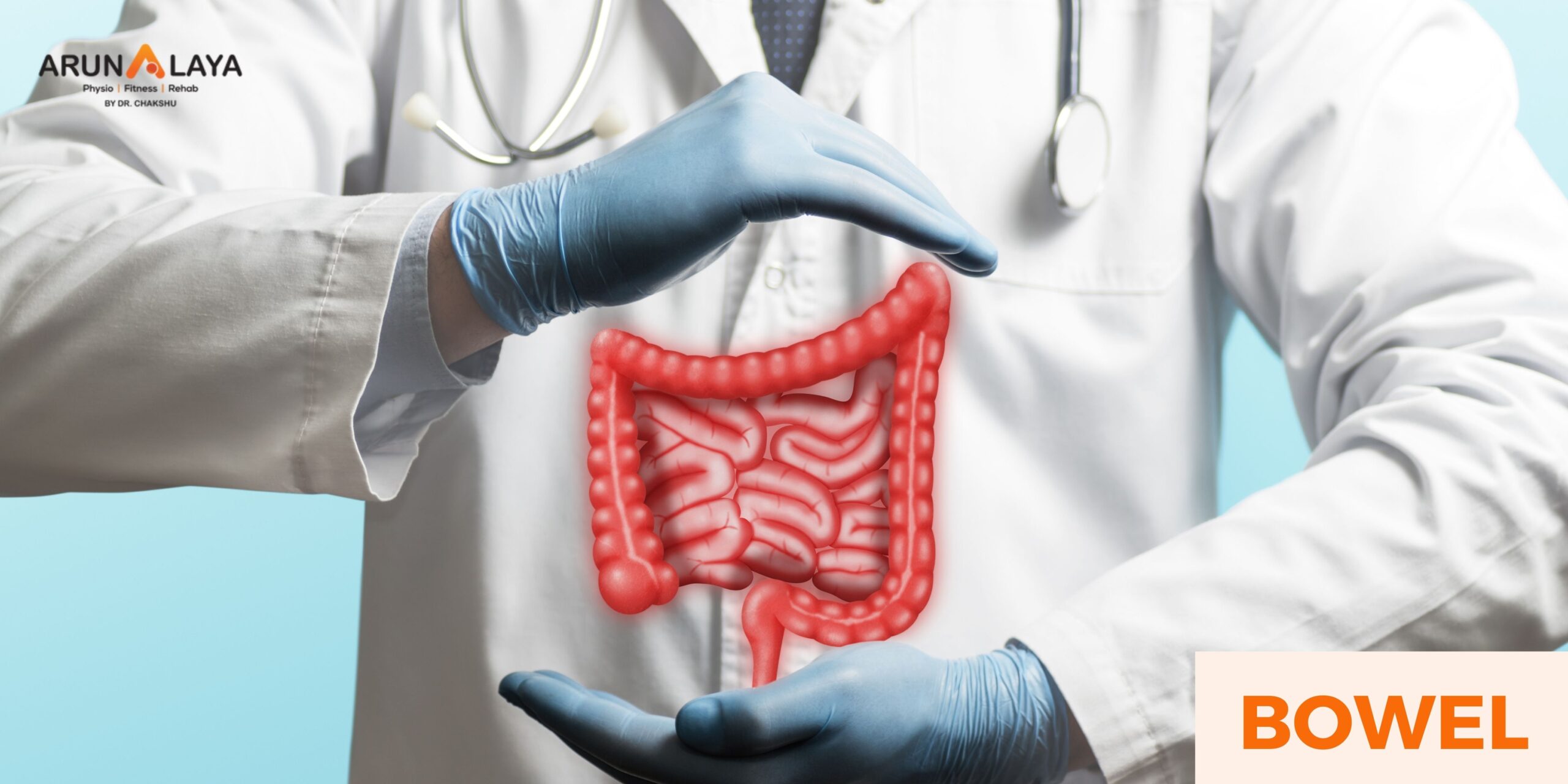In a world where Cardiovascular Disease (CVD) remains a leading global cause of mortality, it’s crucial to foster a compassionate and informed approach. CVD encompasses a spectrum of conditions, affecting not just the heart but also the intricate network of blood vessels, including arteries and veins. This includes Coronary Heart Disease, Stroke, Peripheral Vascular Disease, Congenital Heart Diseases, Heart Failure, and Myocardial Infarction.
Understanding the Underlying Factors of CVD
CVD is the predominant contributor to global mortality, with nearly 80% of cases attributed to behavioral risk factors such as physical inactivity, tobacco use, and unhealthy dietary habits. It’s crucial to recognize the symptoms and seek timely care. Some common indicators of CVD include:
- Discomfort or pain in the center of the chest
- Pain or discomfort radiating to the arms, left shoulder, elbows, jaw, or back
- Shortness of breath
- Nausea or vomiting
- Light-headedness
- Pallor
- Cold sweats
Role The of Physiotherapy in Cardiac Rehabilitation
Cardiac Rehabilitation should commence at the earliest opportunity, often in the Intensive Care Unit (ICU). This early intervention optimizes a patient’s physical recovery and their ability to resume normal activities after cardiac surgery. Cardiac Rehabilitation typically involves three essential phases:
Phase 1: The Clinical Phase In this phase, the physiotherapist assesses the patient’s current physical abilities and motivation. Gentle exercises and passive movements are initiated to prevent complications such as bedsores while maintaining the patient’s range of motion and aiding in the performance of daily activities.
Phase 2: Outpatient Cardiac Rehabilitation Once the patient is deemed stable and out of immediate danger, the outpatient phase begins. Here, the physiotherapist evaluates the patient’s functional limitations, painful ranges of motion, and overall activity levels. Techniques like Proprioceptive Neuromuscular Facilitation (PNF), Passive Exercises, and Assisted Exercises are employed to enhance mobility.
Phase 3: Post Cardiac Rehab or Return to The Home Phase After achieving independence in basic daily activities, the patient is guided in performing strengthening and aerobic exercises. These exercises can be continued at home with family support.
A Holistic Approach to Cardiac Rehabilitation
Before engaging in any exercise, a 5-10 minute warm-up period is essential to stretch the limbs and increase blood flow to the targeted areas. The main exercise regimen should be tailored to the patient’s cardiovascular and physical condition. Aerobic exercises should follow a rhythmic pattern with defined rest intervals. After exercise, a 10-minute cool-down period is crucial to bring the body back to its resting state.
Safety is Paramount
Patients with unstable health or in critical states should refrain from strenuous exercise programs. However, passive movements, guided by a physiotherapist, should be continued to prevent complications. It’s essential to be cautious and discontinue or avoid exercise in the following situations:
- Fever
- Significant fluctuations in blood pressure
- Uncontrolled diabetes
- Breathlessness
- Lethargy, nausea, dizziness
- Chest pain or unstable angina
In Conclusion
Cardiovascular Disease is a global concern, and timely intervention and rehabilitation are essential. With the guidance of dedicated physiotherapists, patients can embark on a journey of recovery and improved quality of life.
Whether it’s recovering from heart surgery, managing symptoms, or enhancing overall well-being, the journey begins with compassion and a commitment to health.
At PhysiotherapistInDelhi.com, we offer expert care and support, ensuring that your path to recovery is marked by hope and wellness. Our dedicated team, including the best Physiotherapists in Patel Nagar, is here to assist you at every step of your cardiac rehabilitation journey. Your heart matters, and so do you.


